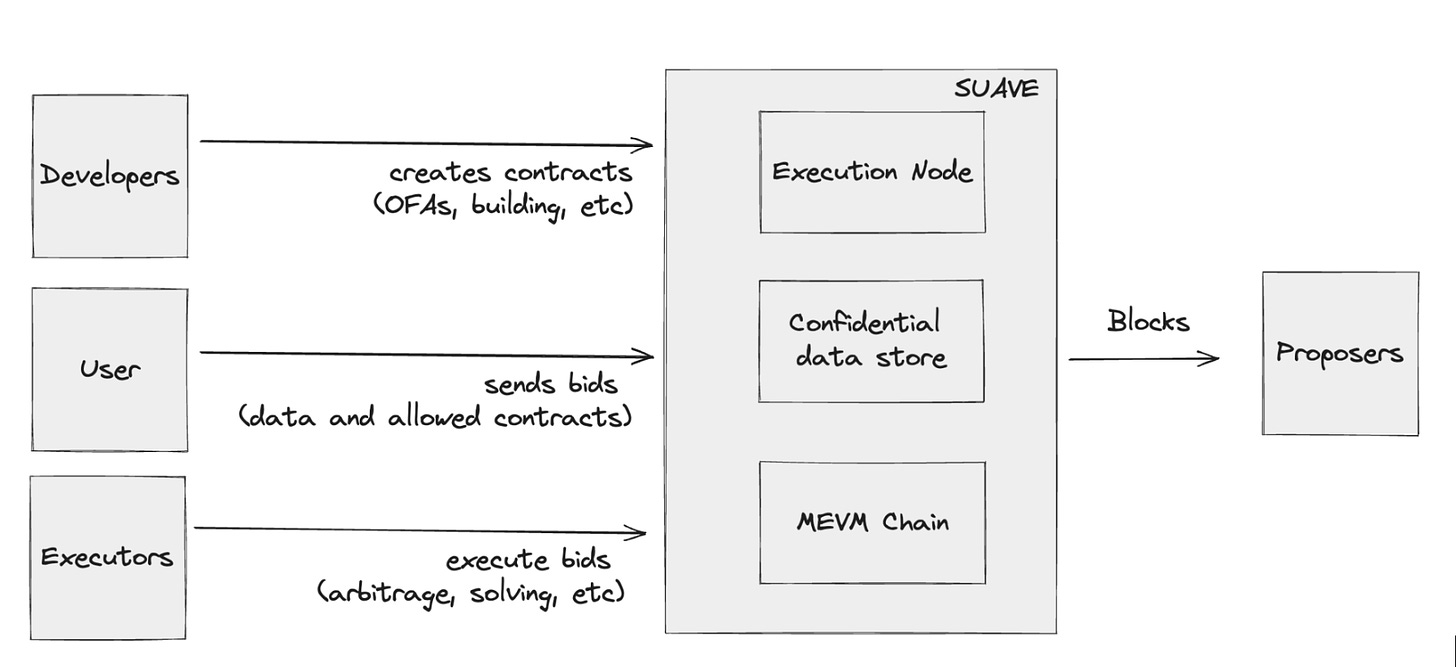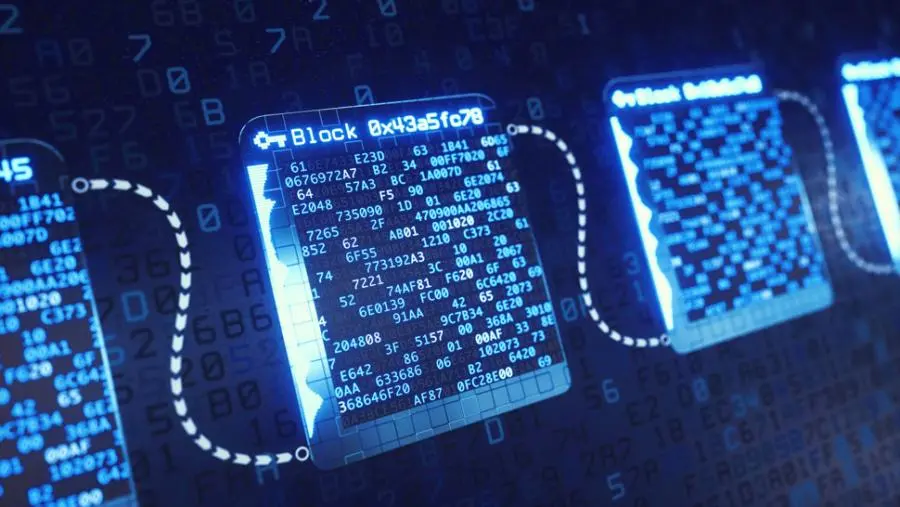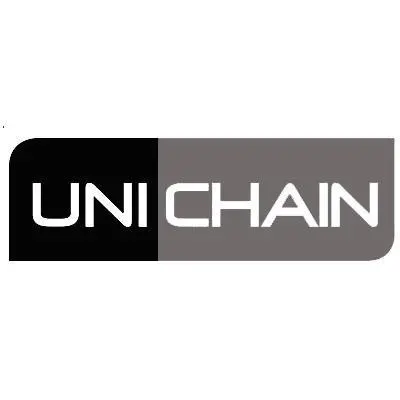What are the features of Flashbot's upcoming MEV network SUAVE Centauri?
Written by: 0XNATALIE
Flashbots recently completed a $60 million funding round at a valuation of $1 billion, which will be used to develop the SUAVE platform. The first version of SUAVE, Centauri, is expected to launch this year.
SUAVE
SUAVE (Single Unified Auction for Value Expression) is an infrastructure designed to address challenges related to MEV. SUAVE focuses on separating the roles of the mempool and block generation from existing blockchains, forming an independent network (sorting layer) that can serve as a plug-and-play mempool and decentralized block builder for any blockchain. The main goal of SUAVE is to provide a more decentralized and fair ecosystem for users, block builders, validators, and other MEV-related participants.

The three components of SUAVE:
Universal Preference Environment: A chain and mempool specifically designed for preference expression and settlement, centralizing user and seeker preferences in one place. Users can express their specific goals through signed messages, unlocking payments when their conditions are met. Preferences can range from simple transfers or single-domain exchanges to any complex events across multiple blockchains.
Optimal Execution Market: Users express their goal preferences, while the execution optimal path is competed for by executors. Executors are committed to efficiently satisfying multiple users' preferences across various domains and may capture MEV generated from user transactions, participating in auction competition to provide users with as much return as possible.
Decentralized Block Building: Finally, the decentralized block building network converts the collected preferences into blocks. The decentralized block building network aims to maximize MEV for builders and validators and encourages a move towards decentralized collaboration models. Unlike systems that rely on a single block builder, this system encourages multiple seekers/builders to collaborate in constructing optimal blocks, provided they can share order flow without revealing the contents of the block builders.
These three components will be supported by a dedicated SUAVE Chain (to be explained further below).
SUAVE Centauri
SUAVE Centauri is the first version of SUAVE, serving as a platform for experimentation and strengthening SUAVE before the mainnet launch. SUAVE Centauri consists of two parts: Off-chain Flow Auction (OFA) and SUAVE Devnet (testnet). It aims to provide developers with a powerful programming environment through the introduction of MEVM (MEV Modification of the Ethereum Virtual Machine), transforming MEV applications into smart contracts for a more open and decentralized MEV supply chain. According to a recent article released by Flashbots, SUAVE Centauri is expected to complete its release after launching SUAVE Devnet in Q4 of this year.
Architecture of SUAVE Centauri:
Execution Node: Provides trusted off-chain computation nodes, accessible via special precompiles for smart contracts on SUAVE. Initially, execution nodes will be operated by Flashbots or other third parties. However, future plans include adopting Trusted Execution Environments (TEEs) to further enhance security and decentralization.
Confidential Data Store: This component is used to store confidential data, providing the necessary data support for execution nodes.
Bids: A new transaction type in SUAVE that includes the confidential data users wish to execute and a list of smart contracts that can access that confidential data.
SUAVE Chain: This is a modified EVM chain with specific precompiles for MEV, designed to work in conjunction with the trusted off-chain computation provided by execution nodes. SUAVE Chain is used for deploying smart contracts and coordinating among parties, and will also host the funds needed for payment preferences, oracle updates, and data availability.

MEVM
MEVM (MEV Modification of the EVM) is a key component of SUAVE Centauri. MEVM is an improved version of the Ethereum Virtual Machine, designed to add new precompile functionalities for MEV applications. In other words, the goal of MEVM is to provide developers with a powerful programming environment that allows them to program MEV applications as smart contracts. Developers can use familiar programming languages and tools (like Solidity) within SUAVE Centauri while leveraging the newly added precompile functionalities to implement various MEV use cases.
With the introduction of MEVM, SUAVE becomes a mechanism-oriented market, empowering developers with robust tools to build new applications that cannot be realized on existing Ethereum:
Enhanced Decentralization: MEVM transforms centralized MEV infrastructure (builders, relays, centralized RFQ routing, etc.) into smart contracts, achieving a decentralized MEV supply chain.
Lower Development Barriers, Encouraging Innovative Competition: Developers can program MEV applications using familiar programming languages and tools, lowering the barriers to developing new MEV applications and encouraging more developers to participate in mechanism innovation, enhancing competition among different mechanisms.**
SUAVE adheres to design principles that guide the market towards open innovation competition, open system design, decentralized implementation, and programmable privacy, creating a decentralized MEV supply chain. The release of SUAVE Centauri will provide a new paradigm for public chains. Perhaps, as Paradigm partner Charlie Noyes said, "The future of MEV is the future of crypto."









